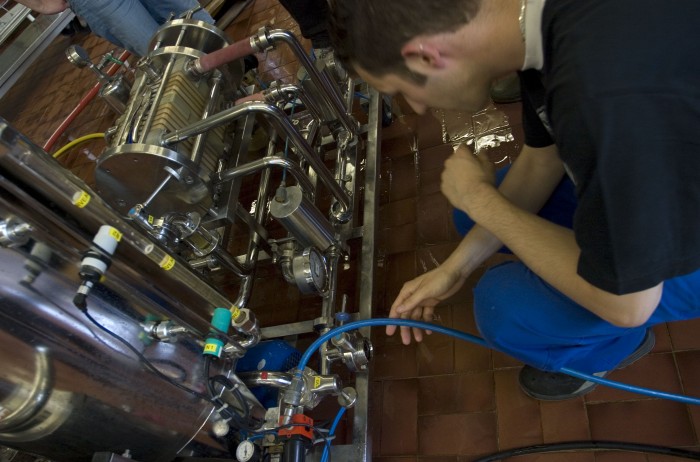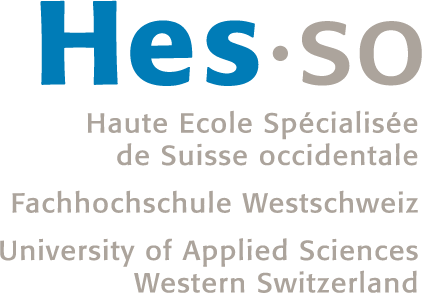
Impoving performances and production conditions of carboxymethycellulose for the use in oenology and food
Nowadays, the consumer is sensitive to the turbidity and sediments that can appear in dinks such as wine. One of the main sediments identified in wine is potassium bitartrate. As a result, the tartaric stabilization of wines is almost systematic. Among the various tartaric stabilization solutions, an increasingly popular stabilization technique is the use of carboxymethylcelluloses (CMC). These are bio-sourced fibers particularly popular in enology to inhibit the precipitation of potassium bitartrate. Effective for white and rosé wines, CMCs are often ineffective for tartaric stabilization of red wines.
CMCs are both economical, practical and environmentally friendly. They represent an important share of the tartaric stabilization market (about 30% of white and rosé wines are treated in this way). Some distributors estimate the French market for an effective CMC on red wine at 5 to 10 million euros per year.
The literature provides very little infomation on the stabilization mechanisms of CMCs and even less on the reasons for their inefficiency on red wine. On the other hand, CMCs currently used in enology are produced for food industry and not specifically for enology. There are therefore many possibilities to develop these products to be better adapted to wine in general and to red wine in particular.
This project aims to better characterize CMCs in order to understand their mechanisms of action and inhibition in red, rosé and white wines. This scientific and technical work will lead to recommendations for a better usage depending on the type of wine. Thanks to a collaboration with the industry, this project will also lead to new products better adapted to red wines or more efficient on white wines.
2017 – 2019
Partners: Institut ChemTech de la Haute Ecole d’Ingénierie et d’Architecture de Fribourg
Funding: HES-SO


